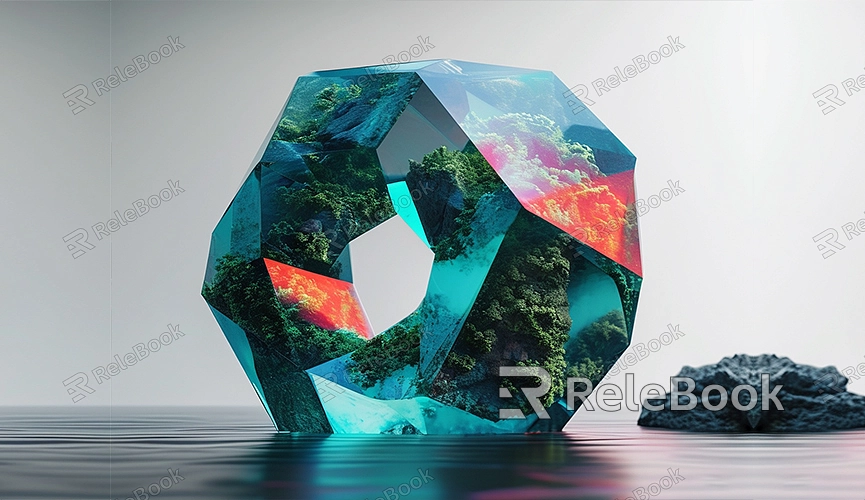How to make blender render in video
Blender is a powerful software for 3D modeling and animation, capable not only of rendering static images but also producing high-quality video renders. This article will detail the specific steps on how to render video in Blender, helping you leverage Blender's capabilities to create stunning video projects.
Configuring Render Settings
Choose Rendering Engine
Before starting the render, select the appropriate rendering engine. Blender offers two main rendering engines:

- Eevee: Real-time rendering engine suitable for quick previews and real-time effects.
- Cycles: Path-tracing-based rendering engine ideal for high-quality final renders.
Choose the rendering engine that best suits your needs. You can select your preferred rendering engine in the "Render Properties" panel.
Configure Output Settings
In the "Output Properties" panel, set the output format and path for your video. Here are the key steps:
- File Format: Choose FFmpeg video, a common video format.
- Resolution: Set the resolution of the video, e.g., 1920x1080.
- Frame Rate: Select the frame rate suitable for your project, typically 24fps or 30fps.
- Output Path: Choose where to save the rendered video.

Configure Encoder
After choosing the FFmpeg video format, configure the encoder:
- Container Format: Select MPEG-4, a common video container format.
- Video Codec: Choose H.264, widely used for its compatibility and high compression efficiency.
- Audio Codec: If your video includes audio, select the AAC encoder.
Creating Animation
Add Keyframes
Creating animations in Blender involves using keyframes. Select the object to animate, move to specific frames on the timeline, and right-click on the property in the Properties panel where you want to set the animation. Choose "Insert Keyframe."
Adjust Animation Curves
In the "Graph Editor," adjust the shape of animation curves to control the speed and rhythm of the animation. Adjusting these curves ensures smooth and natural animations.
Play and Preview
Adjust the playhead position on the timeline and click the play button to preview the animation effect. Ensure each part of the animation performs as expected.
Rendering the Animation
Render Settings
In the "Render Properties" panel, ensure all render settings are configured, including lighting, shadows, reflections, etc. If using the Cycles rendering engine, you can set the number of samples to enhance rendering quality.
Render Output
After configuring render settings, click on "Render Animation" under the "Render" menu. Blender will render each frame of the animation and save it as a video file.
Check Output
After rendering completes, check the rendered video file to ensure all details meet expectations. If issues are found, return to Blender for adjustments and re-render as needed.
Improving Rendering Efficiency
Use High-Quality Textures and HDRI
High-quality textures and HDRI significantly enhance rendering effects. If you need many high-quality 3D textures, HDRI, or 3D model downloads for creating models and virtual scenes, download them from Relebook. Import these textures and 3D models directly into Blender to improve rendering quality and save time.
Optimize Scene
Reducing unnecessary details in the scene can significantly improve rendering speed. Minimize polygon count and simplify complex materials without compromising the final effect.
Use Render Farms
For large projects, consider using a render farm to accelerate rendering. A render farm is a distributed rendering system that distributes rendering tasks across multiple computers simultaneously, significantly reducing rendering time.
Rendering video in Blender involves configuring render settings, creating animations, and rendering animations through multiple steps. By effectively using Blender's features and optimization techniques, you can efficiently produce high-quality video renders. Download high-quality textures, HDRI, or 3D models from Relebook directly into your projects. This article aims to help you master Blender's video rendering techniques effectively.

